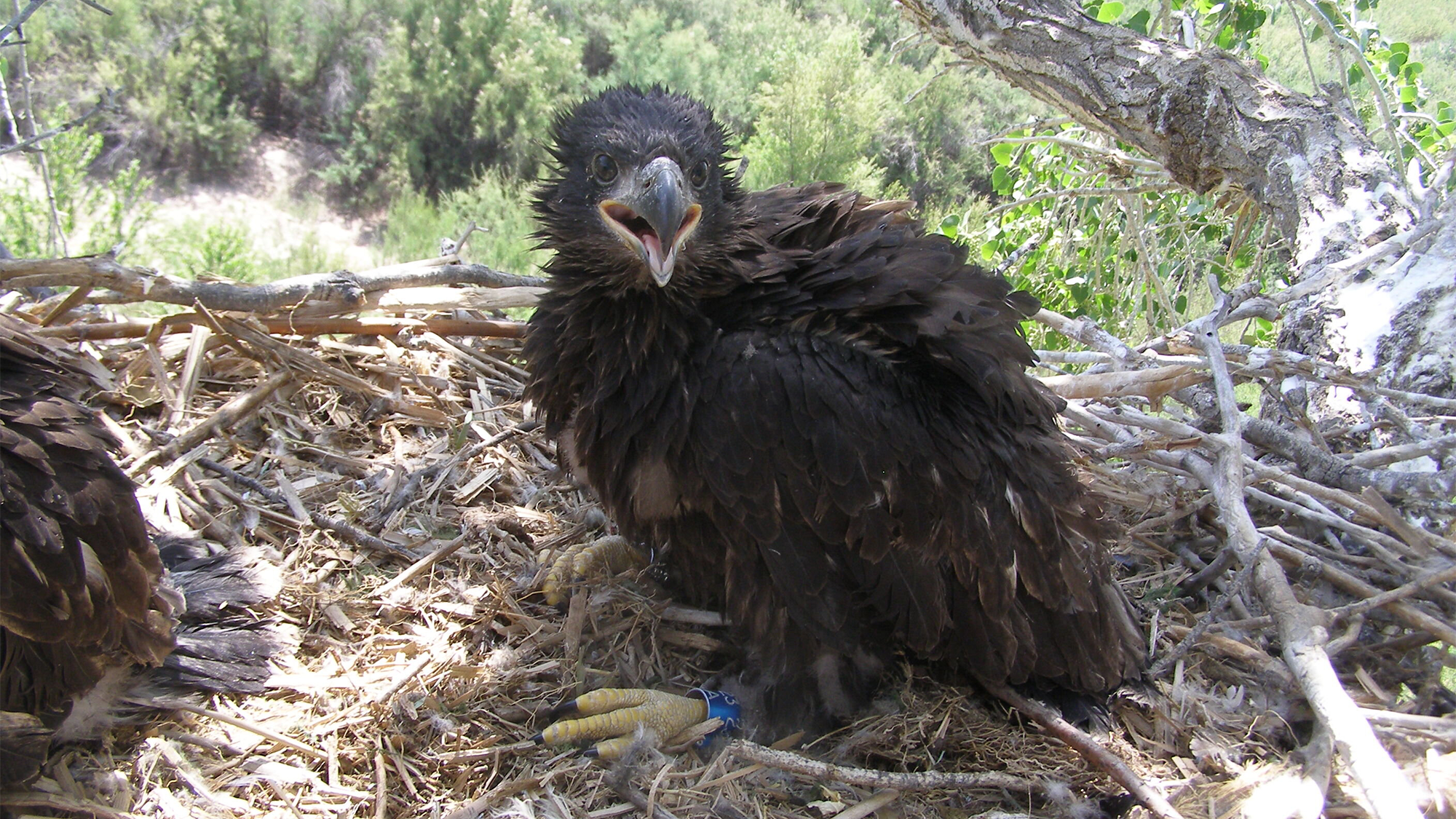Now Reading: Bald Eagles Leave Scientists Puzzled with Unusual Migration Pattern
-
01
Bald Eagles Leave Scientists Puzzled with Unusual Migration Pattern
Bald Eagles Leave Scientists Puzzled with Unusual Migration Pattern

speedy Summary
- Researchers in Arizona equipped bald eagles with GPS trackers between 2017 and 2023 to study their migration patterns.
- The study included 24 fledgling bald eagles and two nonbreeding adults.
- Findings revealed unique migration behaviors of Arizona’s nonbreeding bald eagles. Contrary to most North American birds, they nested in winter, migrated north during spring/summer, and returned south in autumn.
- Nonbreeding eagles predominantly followed the Intermountain Flyway, stretching from alaska to Mexico. Some traveled as far as southern Canada.
- Migration routes included previously identified pit stops near bodies of water, indicating their consistent importance over generations.
- A notable case involved a young female eagle who traveled across ten U.S. states and four Canadian provinces before appearing to establish a breeding territory outside of Arizona-a rare occurrence-but was later electrocuted.
- The findings provide insights into the dispersal prospects of bald eagles hatched in Arizona and aim to empower conservation efforts.
Indian Opinion Analysis
The study offers valuable information on the migratory behavior of bald eagles that deviates from conventional north-south bird migrations seen within North America. It underscores how generational factors influence behavioral patterns among wildlife species. For India, this research demonstrates how leveraging technology like GPS tracking can transform wildlife conservation strategies-an approach increasingly relevant here due to habitat loss affecting migratory species like Sarus cranes or Siberian ducks that cross Indian borders seasonally.
Furthermore, the emphasis on preserving multi-generational critical pitstops resonates with India’s own wetlands preservation efforts-a key resource for migratory birds globally. The research strengthens arguments for cross-border collaboration aimed at protecting shared biodiversity corridors threatened by human activity.
For read more: Read More


























